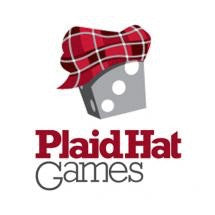


That story has to be reinforced in every way possible – through the game mechanics, of course, and in what players do for themselves and to each other, how they gain information and use it, where they go and what they do. Rob has said before that a legacy game only means that the game tells a story that players take a part in. The experience of being a part of the overall narrative is the most important part of the game. SeaFall is a long, intricate campaign that tells a story in no specific order, a story players both weave and have woven for them. Predictably, my first games were boring or hard to understand.Īs it turns out, the nonsense isn’t nonsense. That’s where you’d start, right? The first time somebody told me, “It’s about the player experience” I shrugged it off like the new-age nonsense it was.

When I first started making games, I was completely convinced that they came from one of three places – theme, mechanics, or components. 1) Player experience is the most important thing Here are some things I learned while working with one of my heroes. I learned a lot working daily with Rob, and he pushed me to be a better designer and developer every day. It’s Rob’s third published Legacy game (Risk Legacy, Pandemic Legacy: Season 1), and the first that was created from scratch, without incorporating an existing game. Last summer I had the opportunity to work as the developer for SeaFall, a Legacy game from Rob Daviau and Plaid Hat Games that’s set in a fictional world in the dawn of the Age of Sail.


 0 kommentar(er)
0 kommentar(er)
